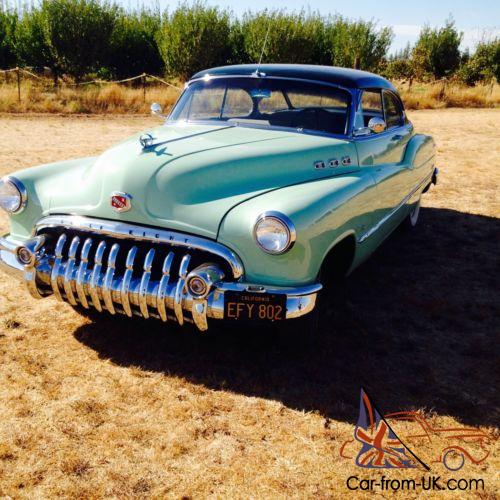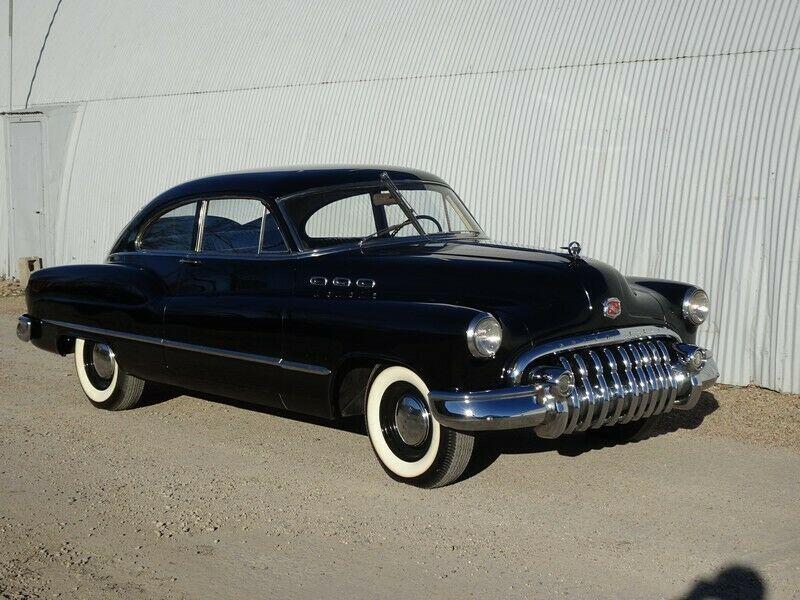

The model was reintroduced in 1940 under the name "Super".
#1950 BUICK SALE SERIES#
In 1935 the Series 50 remained unchanged and the following year went out of production, having produced 127,416 examples. Buick re-introduced the Series 40, which once again became the entry level model. It was assigned to the Ternstedt Manufacturing Company, a GM subsidiary that manufactured components for Fisher Body The power delivered by the engine was increased again and now it was up to 86 bhp, and in 1934, the model power increased to 88 hp.
#1950 BUICK SALE WINDOWS#
1933 was the first year all GM vehicles were installed with optional vent windows which were initially called “No Draft Individually Controlled Ventilation” later renamed "Ventiplanes" which the patent application was filed on Nov.

In 1933, the aesthetics of all Buicks were updated with a new, corporate "streamlined" appearance shared with all GM cars for that year due to GM's Art and Color Studio headed by Harley Earl, and additional manufacturing locations opened across the country under the Buick-Oldsmobile-Pontiac Assembly Division. Buick offered a new approach to allow the transmission to "free-wheel" and no clutch shifting between second and third gear called "Wizard Control". In 1932 the straight eight engine displacement increased to 230.4 cu in (3,776 cc), producing 82.5 bhp, and closed coupes and sedans offered cloth interiors, offering mohair upholstery. Only two coachwork choices were available leaving the choice between a coupe or sedan listed at US$1,540 ($23,858 in 2020 dollars ). All bodywork was provided by Fisher Body and the appearance originated from the GM Art and Color Section headed by Harley Earl was now used across all GM products. With the temporary disappearance of the Series 40, Series 50 became the entry level model for Buick. Optionally, the model was equipped with the new 220.7 cu in (3,617 cc) Buick Straight-8 engine and 77 hp. With the introduction of the Marquette Companion brand, all Buicks were repositioned upmarket as junior luxury brands to Cadillac, while the Marquette took the lower price alternative for Buick dealerships.

In 1930 all Buicks were installed with the all-new Straight-eight, and the 1931 the model remained almost unchanged, aside from minor appearance changes. Originally the Series 50 had a 331.4 cu in (5,431 cc) Buick Straight-6 engine developing 99 bhp of power at 2,800 rpm, and Buick manufactured 28,204 cars.


 0 kommentar(er)
0 kommentar(er)
